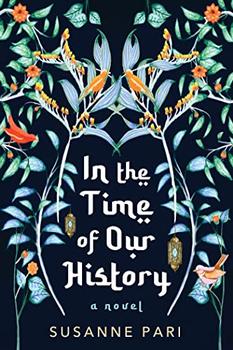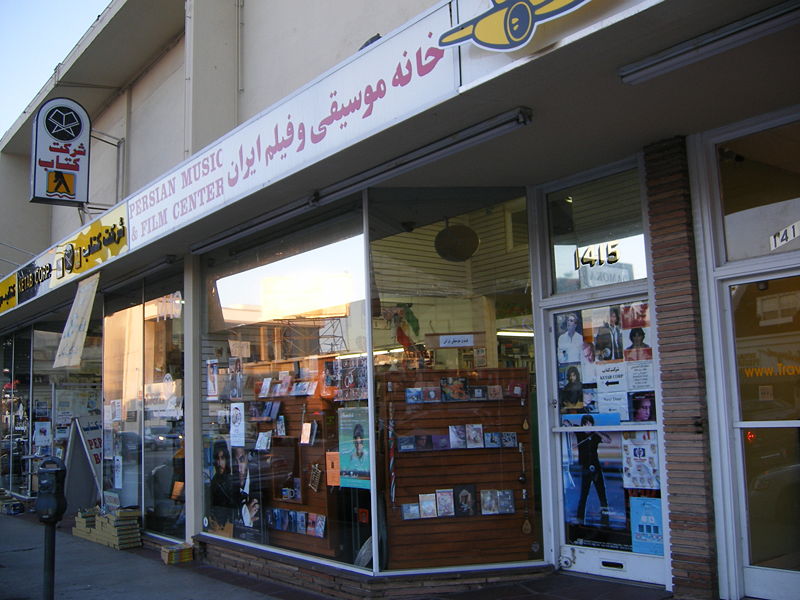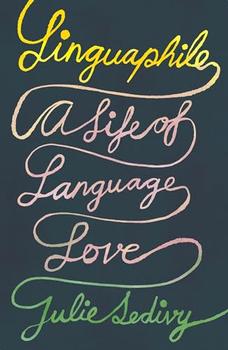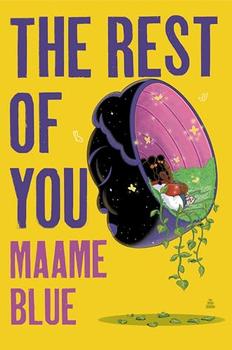Summary | Excerpt | Reading Guide | Reviews | Beyond the Book | Read-Alikes | Genres & Themes | Author Bio

This article relates to In the Time of Our History
 Susanne Pari's In the Time of Our History focuses on an Iranian American immigrant family between New Jersey and San Francisco in the 1990s. The novel is inspired by the author's own family's experiences following the 1979 Islamic Revolution. While people of Iranian descent have lived in the United States since at least the 1930s, immigration from Iran to America surged after the overthrow of Shah Mohammad Reza Pahlavi during the revolution, as a strict Islamic regime took over. More people left the country for the US to flee the 1980-88 Iran-Iraq War, and the Iranian American population has continued to grow steadily since.
Susanne Pari's In the Time of Our History focuses on an Iranian American immigrant family between New Jersey and San Francisco in the 1990s. The novel is inspired by the author's own family's experiences following the 1979 Islamic Revolution. While people of Iranian descent have lived in the United States since at least the 1930s, immigration from Iran to America surged after the overthrow of Shah Mohammad Reza Pahlavi during the revolution, as a strict Islamic regime took over. More people left the country for the US to flee the 1980-88 Iran-Iraq War, and the Iranian American population has continued to grow steadily since.
The majority of Iranian Americans today live in Southern California, primarily the Los Angeles area — and also in and around San Francisco, San Jose, San Diego and Sacramento. Possible reasons for this include pre-existing communities established by earlier Iranian immigrants and temporary residents living in these places (many of them students and religious minorities), and similarities in the climate and atmosphere between Los Angeles and Tehran. Sepi Shyne, who fled Iran with her family at the age of five, described LA to the New York Times as "the closest thing to really being home." Dr. Reza Aslan of the University of California, Riverside told BBC News that "[Iranians] settled in LA because so much of it reminds them of Iran - the landscape, the car culture, the mountains." One neighborhood south of UCLA, along Westwood Boulevard, has been dubbed Tehrangeles (aka Little Persia) and features many Iranian shops and businesses. Large Iranian-identified populations are present in other parts of the country as well, including New York and New Jersey, the Washington DC area, Texas and Washington State.
Iranian Americans have often dealt with prejudice, which has been exacerbated by ongoing tensions between the American and Iranian governments. A major hit to relations between the two countries occurred when 52 American citizens were held hostage in Tehran in 1979 during the aftermath of the Islamic Revolution, provoking hostility towards newly arrived Iranian immigrants. According to anthropologist Amy Malek, who studies the Iranian diaspora, some Iranian Americans attempted to dodge inaccurate cultural perceptions by saying they were Italian or Greek, or calling themselves Persian rather than Iranian to avoid being connected with negative views of Iran. Since then, Iranians in the US have continued to face racist and xenophobic stereotypes that treat Middle Eastern countries as a monolith associated with terrorism.
Many Iranian Americans are openly critical of Iran's Islamic Republic and supportive of the people fighting for rights under its rule. Following the death of Mahsa Amini, a 22-year-old woman who collapsed in the custody of the regime's morality police (a unit charged with enforcing dress rules for women) in September of 2022, Iranian communities across the US (and elsewhere in the world) formed demonstrations to show solidarity with those in Iran demanding justice and change, who have met with a violent government response. Majid Sadeghpour, a Virginia-based Iranian American and organizer involved in the protests, told CNN, "People of Iran are in the process of another revolution…The regime has been declining for years and now is literally falling. We call on the international community to sever ties with this regime and instead support the Iranian people and their organized resistance."
Iranian stores on Westwood Boulevard in Los Angeles, California, via Wikimedia Commons
Filed under Places, Cultures & Identities
![]() This "beyond the book article" relates to In the Time of Our History. It originally ran in January 2023 and has been updated for the
January 2023 paperback edition.
Go to magazine.
This "beyond the book article" relates to In the Time of Our History. It originally ran in January 2023 and has been updated for the
January 2023 paperback edition.
Go to magazine.




Outside of a dog, a book is man's best friend. Inside of a dog it's too dark to read.
Click Here to find out who said this, as well as discovering other famous literary quotes!
Your guide toexceptional books
BookBrowse seeks out and recommends the best in contemporary fiction and nonfiction—books that not only engage and entertain but also deepen our understanding of ourselves and the world around us.